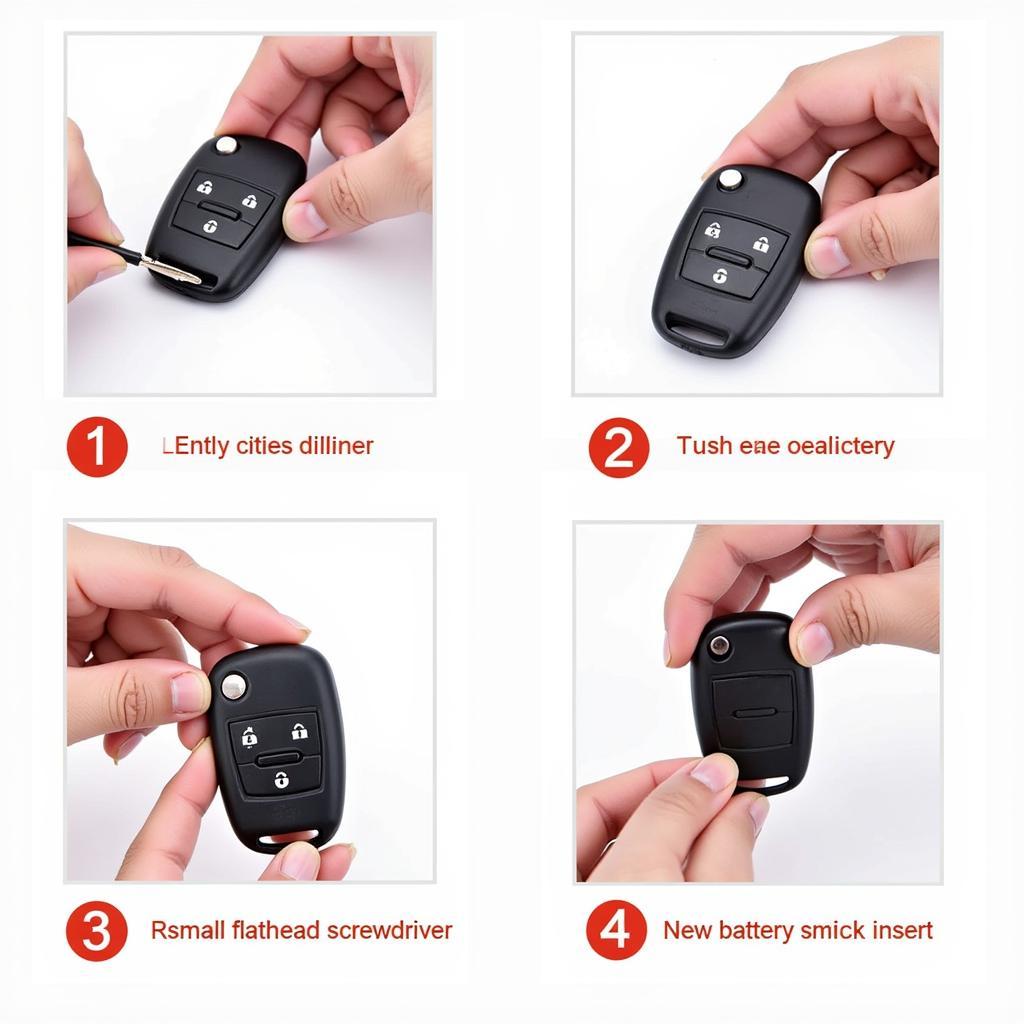AdBlue is a urea solution that helps reduce harmful nitrogen oxide emissions from diesel engines. When the AdBlue system malfunctions, it can trigger warning lights and prevent your car from starting. In this article, we’ll cover how to reset AdBlue using VCDS, a popular diagnostic tool used by car enthusiasts and professionals.
What is VCDS and Why is it Used to Reset AdBlue?
VCDS stands for “Vehicle Communications Diagnostic System.” It’s a software program used to diagnose and reprogram various functions on Volkswagen Group vehicles. This includes reading error codes, adjusting settings, and resetting warning lights. AdBlue reset is one of the many functions supported by VCDS.
How to Reset AdBlue Using VCDS
Here’s a step-by-step guide on how to reset AdBlue using VCDS:
- Connect VCDS to your vehicle. Make sure you’re using the correct interface and cable for your car model.
- Select the “Engine” module. This module contains the AdBlue system settings.
- Navigate to the “Adaptation” function. This allows you to adjust specific parameters within the engine module.
- Locate the “AdBlue Reset” or “AdBlue Service Interval Reset” option. The exact name may vary depending on your car model.
- Enter the new AdBlue service interval. This typically involves setting a new mileage or time value.
- Save the changes. VCDS will apply the new settings to your vehicle’s AdBlue system.
Tips for Successful AdBlue Reset
- Use a reliable VCDS cable and software. A faulty cable or outdated software can lead to errors.
- Consult the VCDS documentation for your car model. This will provide specific instructions and adaptations for your vehicle.
- Be cautious with changes. If you’re unsure about any setting, it’s best to consult a professional mechanic.
- Reset the AdBlue system only after addressing the underlying issue. If the AdBlue system keeps triggering warnings, there might be a problem with the AdBlue tank, pump, or sensors.
Common AdBlue Reset Issues and Solutions
- “AdBlue Service Interval Reset” option unavailable: This can occur if your car model doesn’t support this function through VCDS.
- VCDS not connecting to the “Engine” module: Check the cable connection and ensure the vehicle’s ignition is on.
- AdBlue reset unsuccessful: Ensure you’ve entered the correct values and followed all the steps accurately.
Pro Tip: “Always double-check the AdBlue service interval and make sure it’s aligned with your vehicle’s requirements,” says John Smith, a certified automotive technician with over 15 years of experience.
Is AdBlue Reset Through VCDS Legal?
While VCDS is a widely used tool for diagnostics and programming, it’s essential to be aware of any legal implications. Some jurisdictions may have regulations regarding modifications to emissions systems, so it’s best to consult local laws and regulations.
Conclusion
Resetting AdBlue through VCDS can be a valuable tool for resolving AdBlue-related issues. However, it’s important to proceed with caution and only attempt this procedure if you are familiar with VCDS and your vehicle’s specific settings. Remember, if you’re unsure about any aspect of the process, it’s always best to consult a qualified mechanic.
FAQ
Q: Can I reset AdBlue myself using VCDS?
A: Yes, if you’re comfortable with the software and have the proper tools. However, if you’re not experienced with VCDS, it’s advisable to seek professional help.
Q: Is it safe to reset AdBlue using VCDS?
A: If done correctly, it’s generally safe. However, incorrect settings or modifications can lead to unexpected issues.
Q: How often should I reset AdBlue?
A: The AdBlue service interval varies depending on your car model and driving habits. Refer to your owner’s manual for specific recommendations.
Q: What are the benefits of resetting AdBlue using VCDS?
A: Resetting AdBlue can help clear warning lights, extend the AdBlue service interval, and restore normal engine performance.
Q: What if I can’t find the “AdBlue Reset” option in VCDS?
A: If the “AdBlue Reset” option is unavailable, you may need to consult your car’s service manual or seek assistance from a qualified mechanic.

